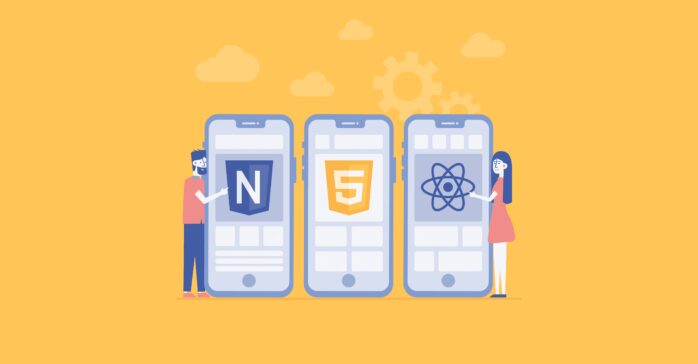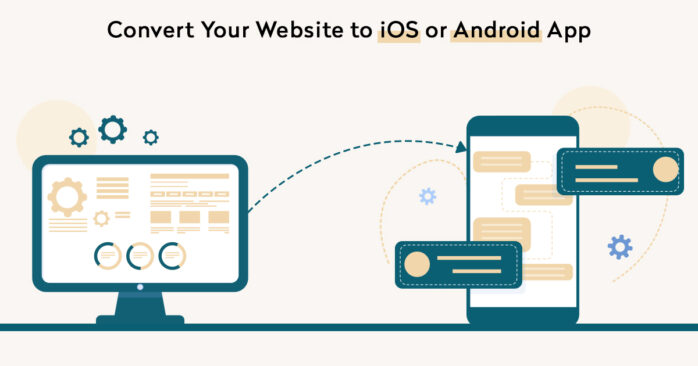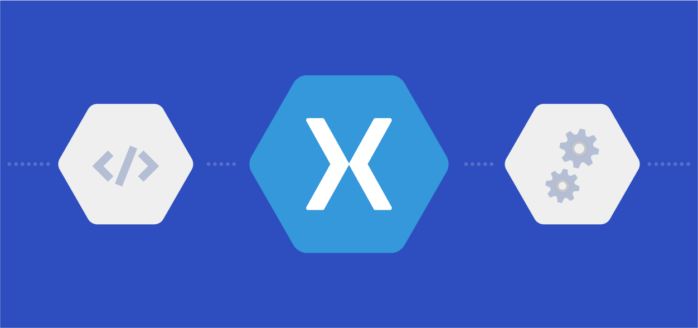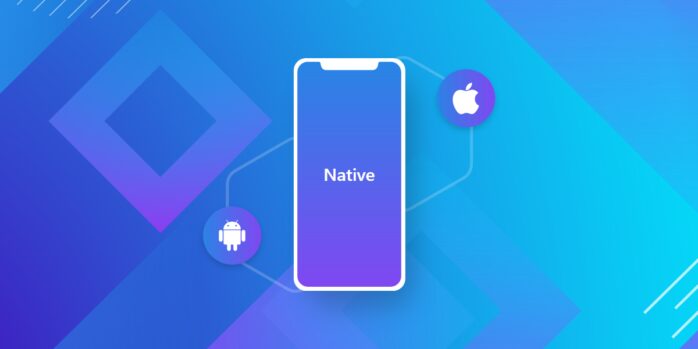In recent years, there has been a significant shift in the technology industry from using HTML-based products to new programming languages and platforms, such as native apps. This shift has impacted various industries and businesses, and has resulted in significant changes in the way products are developed and delivered to consumers.
Understanding the reasons behind this transition and its impact on different industries is important for businesses looking to stay competitive in today’s market. In this article, we will explore the switch from HTML-based products to native apps, its impact on various industries, and the future of this technology trend.
HTML vs. Native Apps

HTML-based products are software applications that are created using HTML, CSS, and JavaScript web technologies. These applications are accessed through a web browser and do not require installation on a device. They are often used for simple websites, online games, and basic web-based applications.
Native apps, on the other hand, are software applications that are designed specifically for a particular platform, such as iOS or Android. They are built using programming languages such as Swift, Java, or Kotlin and are installed directly onto a device. Native apps can access device-specific features, such as the camera or GPS, and can offer better performance and user experience compared to HTML-based products.
The main difference between HTML-based products and native apps is that HTML-based products are accessed through a web browser, while native apps are installed directly onto a device. Native apps can access device-specific features and offer better performance and user experience. However, HTML-based products can be accessed from any device with a web browser and do not require installation.
Switch from HTML to Native Apps in Different Industries

The e-commerce industry has made a significant shift from HTML-based products to native apps in recent years. With the rise of mobile devices, e-commerce companies have found that native apps provide a more seamless and convenient shopping experience for their customers. Apps allow for features such as push notifications, personalized recommendations, and easy checkout, which can help increase sales and customer loyalty.
The gaming industry has also seen a shift towards native apps, particularly in the mobile gaming market. Native apps allow for more advanced graphics and user interface features, making for a more immersive gaming experience. Additionally, many gaming apps offer in-app purchases, which can provide a significant revenue stream for game developers.
The gambling industry has also made a significant shift towards native apps in recent years. Apple has required that all gambling apps that pay real money must be native apps, rather than HTML5-based web apps. This has incentivized online gambling companies to invest in developing native apps to meet the demand of Apple users, which has ultimately led to an increase in the adoption of native apps in the gambling industry.
Online gambling sites have found that native apps provide a more secure and reliable platform for their customers to place bets and play casino games. Apps can also provide a more personalized experience for users, with features such as customized alerts and promotions. Native casino apps provide convenience and accessibility to their players. With the ability to download the app on their mobile device, players can access their favorite casino games and place bets from anywhere at any time. More can be seen on WTKR about the best casino apps and their faster and more seamless gameplay.
The banking and finance industry has also seen a shift towards native apps, with many banks and financial institutions offering mobile banking apps to their customers. These apps provide a convenient and secure way for users to manage their finances on-the-go, including features such as checking balances, transferring funds, and paying bills. Native apps also provide additional security measures, such as fingerprint or facial recognition authentication, to protect users’ financial information.
Factors Contributing to the Switch to Native Apps

A major factor contributing to the switch from HTML-based products to native apps is the rapid improvements in technology and smartphone capabilities. With advancements in hardware and software, smartphones are now capable of handling more complex and sophisticated applications. This has allowed native apps to offer a wider range of features and capabilities, such as access to device hardware like cameras and GPS, which were previously unavailable in HTML-based products.
Another contributing factor is the enhanced user experience and personalization offered by native apps. Native apps are designed specifically for the mobile platform, providing a more optimized and user-friendly experience compared to HTML-based products. With native apps, businesses can offer a more customized and tailored experience, including personalized notifications and recommendations based on user behavior and preferences.
Finally, increased concerns about security and data privacy have also played a role in the switch to native apps. Native apps offer enhanced security features, such as data encryption and biometric authentication, which can provide peace of mind for both businesses and customers. Additionally, because native apps are installed directly on the device, they can often be designed to function without an internet connection, reducing the risk of data breaches and security vulnerabilities associated with HTML-based products that rely on internet connectivity.
Key Takeaways
The switch from HTML-based products to native apps has been a significant development in the tech industry. The benefits of native apps, such as improved user experience, personalization, and security, have led many businesses to adopt this technology.
The e-commerce, gaming, gambling, and banking industries are just a few examples of sectors that have successfully made the switch. However, it is important to note that there are limitations to native apps, such as the need for app store approval and the cost of development. Businesses should carefully weigh the benefits and limitations before making the switch to native apps.
In conclusion, businesses that prioritize user experience and security may find that native apps are the best option for their company. It is recommended that businesses work with experienced app developers and conduct thorough research before making any decisions.



















